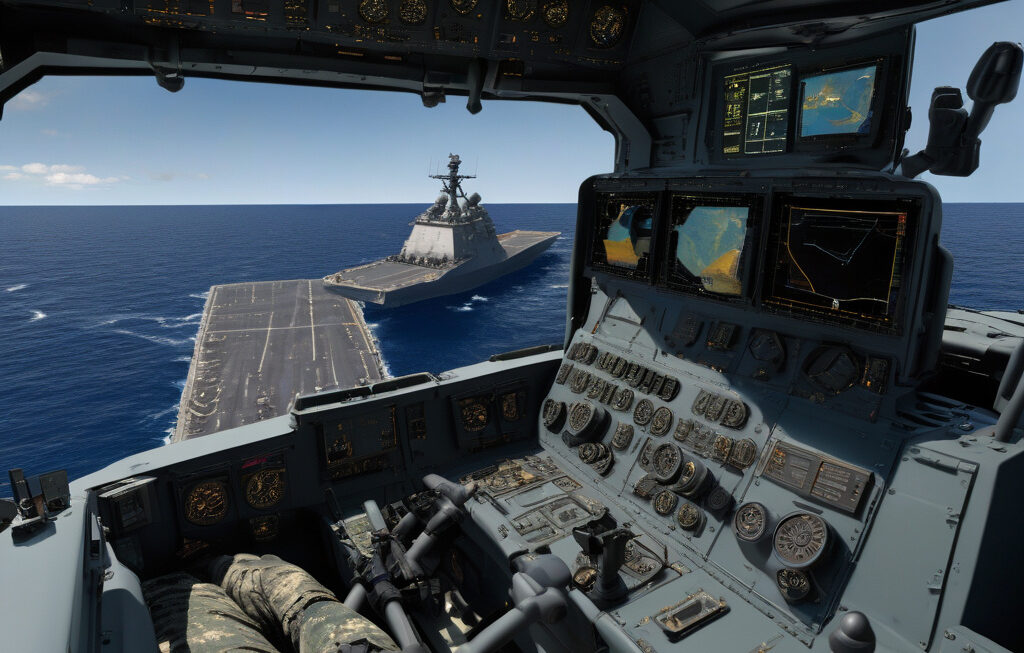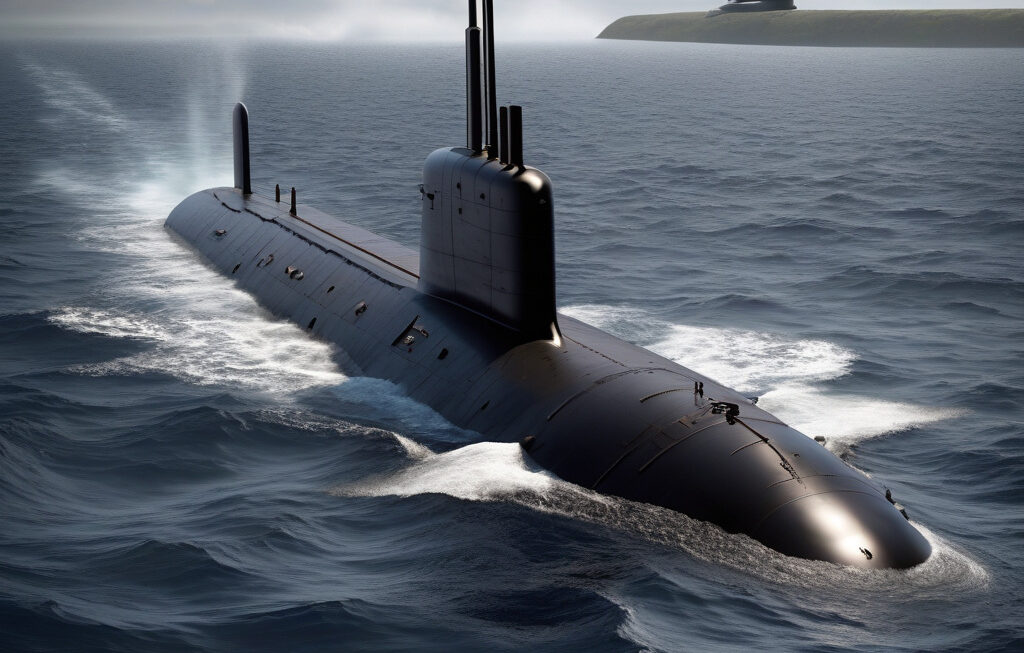“Stupid Electric”: Trump Pushes Old Steam Launch Tech as China Modernizes Catapults
Soon after China showcased sea trials of its newest aircraft carrier using electromagnetic catapults, US President Donald Trump made headlines with his controversial remarks on what he called “stupid electric” technology. While China continues to invest heavily in modernizing its military capabilities, including advanced weapon systems and propulsion technologies, the United States seems to be lagging behind in embracing innovation and progress.
The use of steam catapults, which have been the primary technology on US aircraft carriers for decades, has come under scrutiny as countries like China make significant strides in developing more efficient and sophisticated electromagnetic systems. These new catapults are not only more reliable and require less maintenance compared to their steam counterparts but also offer improved performance and operational flexibility.
Trump’s vocal criticism of electromagnetic catapults in favor of traditional steam launch systems has raised concerns among experts and military officials about the future competitiveness of the US Navy. While the President’s stance may resonate with some who advocate for preserving legacy technologies, the reality is that embracing innovation is crucial to maintaining military superiority in an ever-evolving global landscape.
The shift towards electromagnetic catapults is not just about keeping up with technological advancements; it also reflects a broader strategic approach to modern warfare. These advanced systems enable faster and more efficient aircraft launches, ultimately enhancing the overall effectiveness and readiness of naval forces. By investing in cutting-edge technologies, countries like China are positioning themselves as leaders in military innovation, potentially challenging the dominance that the US has long enjoyed.
In addition to catapult technology, China’s progress in developing unmanned aerial vehicles (UAVs) and other autonomous systems further underscores the importance of staying at the forefront of military innovation. As the nature of warfare continues to evolve with the integration of artificial intelligence and advanced robotics, traditional approaches reliant on outdated technologies risk becoming obsolete.
The US Navy’s reliance on steam catapults is not solely a technological issue but also a strategic one. Failure to adapt to new realities and embrace innovation could have far-reaching implications for national security and defense capabilities. In a rapidly changing geopolitical landscape where military power is increasingly intertwined with technological prowess, the importance of staying ahead of the curve cannot be overstated.
While Trump’s rhetoric may appeal to those nostalgic for the past, the future of naval warfare lies in harnessing the power of innovation and embracing cutting-edge technologies. The choice between “stupid electric” and modern electromagnetic catapults is not just a matter of preference but a strategic decision that will shape the military capabilities and readiness of nations for years to come. As China continues to modernize its military with a forward-looking approach, the question remains: will the US follow suit or risk falling behind in the race for military superiority?
#USNavy, #MilitaryInnovation, #ElectromagneticCatapults, #ChinaMilitary, #NavalTechnology












